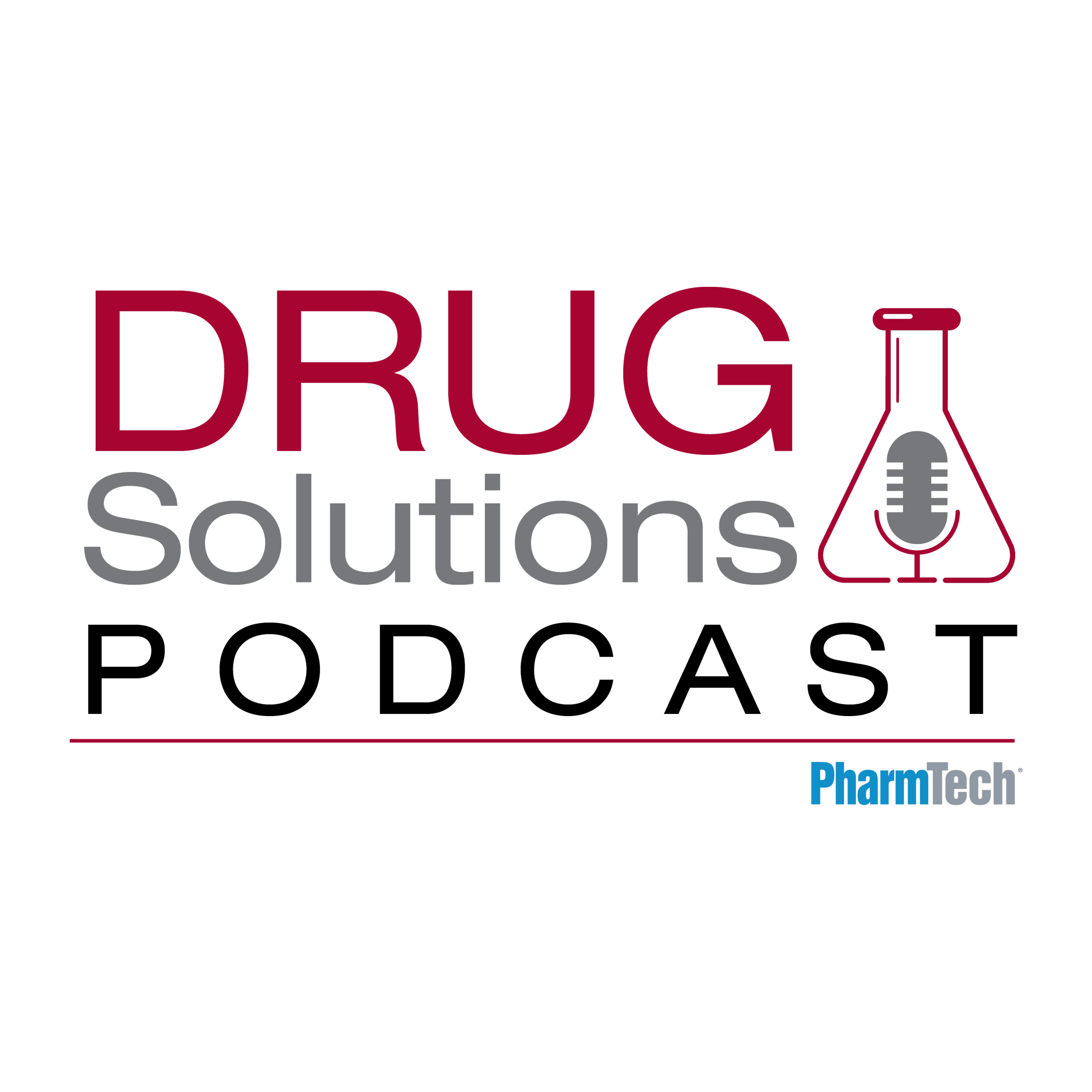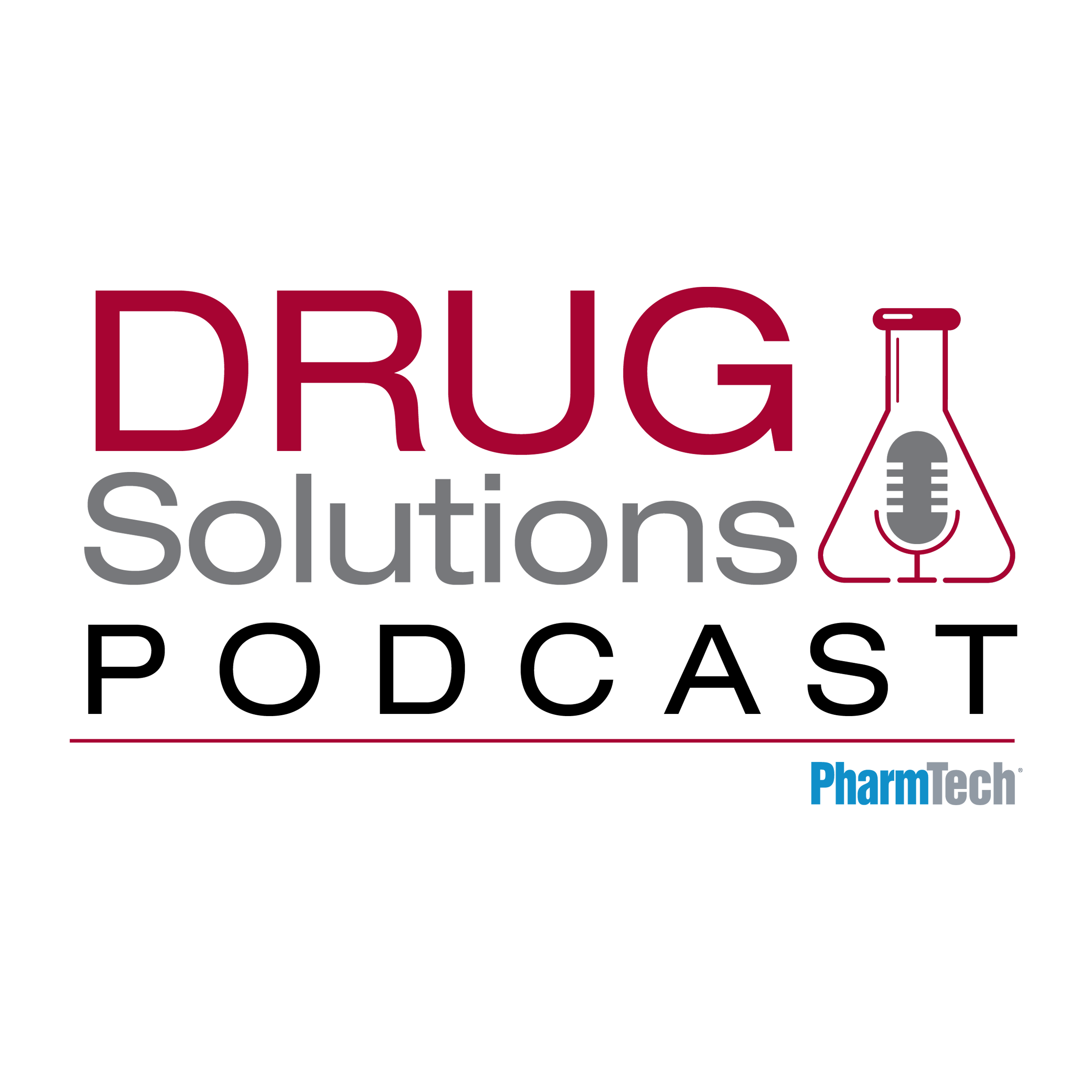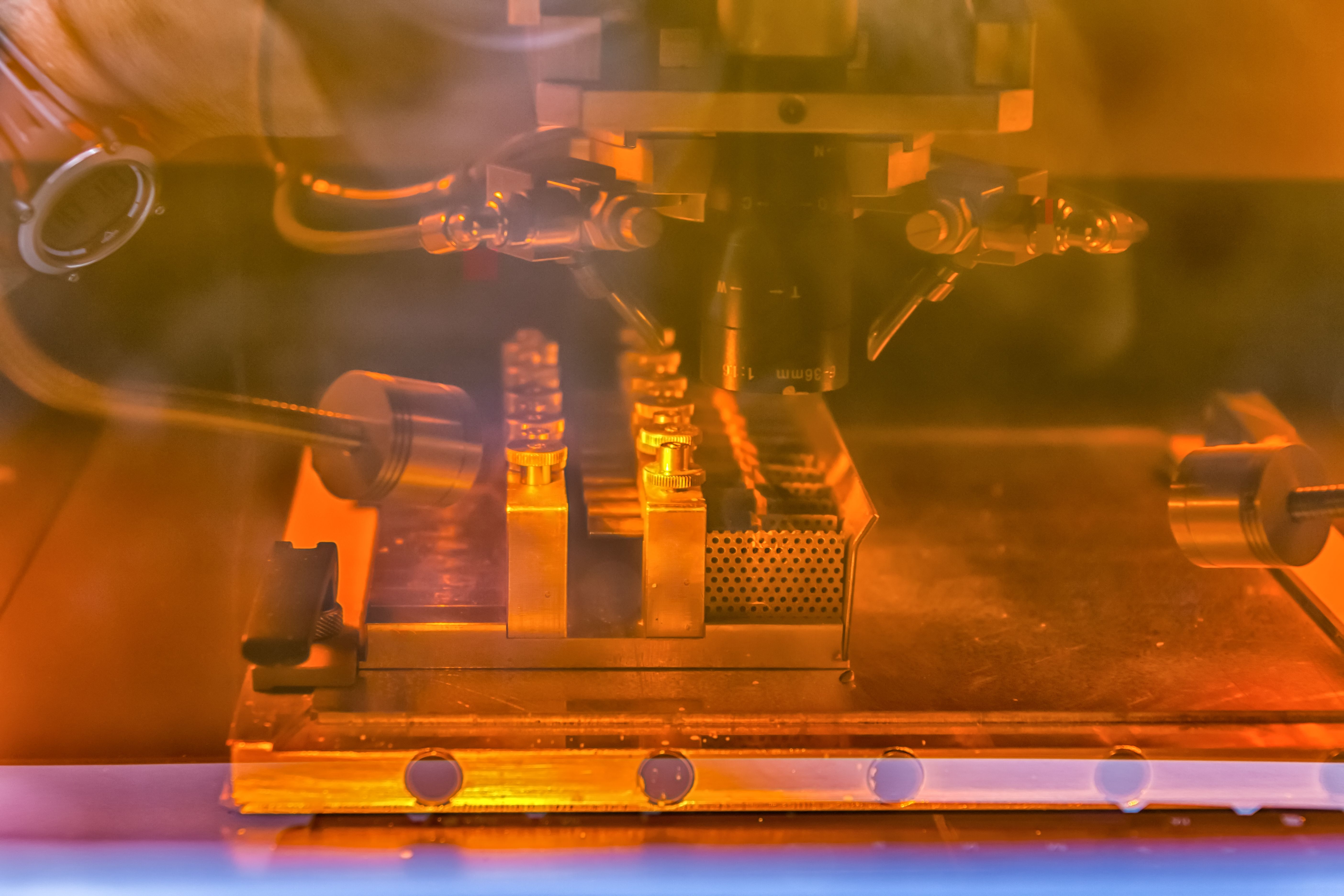News
Article
Pharmaceutical Technology
FDA and the Emerging Technology of 3D Printing
Author(s):
A Q&A with FDA to gain insight on FDA's views of three-dimensional printing and its regulation in drug manufacturing.
Three-dimensional printing (3DP) is one of the emerging technologies on FDA’s radar at its Center for Devices and Radiological Health (CDRH) and the Center for Drug Evaluation and Research (CDER). FDA experts are striving for understanding of the science involved in 3DP of drugs and devices. The agency also aims to provide guidance to companies adopting these new technologies. In the development of Aprecia’s 3D printed drug, “FDA met frequently and worked closely with the manufacturer to make 3D printing technology a reality,” notes Kristofer Baumgartner, spokesperson for CDER. Pharmaceutical Technology spoke with Baumgartner to gain insight on FDA’s views of 3DP and its regulation in drug manufacturing.
PharmTech: What are some of the unique challenges in 3D printing of drugs in relation to the regulatory pathway?
FDA: There is no unique regulatory pathway for the approval of 3D drugs, but there are existing approval pathways that are flexible enough to address new technologies, small batches, orphan/expedited review, and personalized medicines. A particular application may use a combination of these programs; the use of multiple programs and pathways is not unusual or unique to 3DP products. Nevertheless, in anticipation of possible unique challenges, FDA is working with drug makers in a new way to help the industry adopt scientifically sound, novel technologies to produce quality medicines that are consistently safe and effective-with an eye toward avoiding drug shortages.
PharmTech: 3DP is often associated with personalized medicine. Can you comment on what concerns might need to be addressed before there is a pathway for approving personalized 3D printed drugs?
FDA: Emerging technologies such as 3D printing can be an enabler of personalized medicine by promoting agile manufacturing, an approach to production that is focused on meeting the needs of a specific patient while controlling manufacturing efficiency. 3D printing technologies have the potential for producing final dosage forms that allow patients to be given a personalized regime, which could include multiple active ingredients, either as a single blend or potentially as layers in a multi-layer printed tablet, based on their treatment needs. Due to the potential in these cases for the 3D printing equipment to be portable and distributed, and to be used to make multiple medical products, other factors may need to be evaluated as part of the regulatory process, such as robustness against shipping and changing environmental conditions or cross-contamination potential, to ensure the consistent production of high quality pharmaceuticals from such processes.
The Emerging Technology Team (ETT) is a specialized group with representation from CDER’s Office of Pharmaceutical Quality (OPQ) and the Office of Regulatory Affairs (ORA) that works directly with various external stakeholders to help identify and resolve scientific issues for new technologies. Pharmaceutical companies can have early discussions with the ETT regarding manufacturing design and development issues and obtain FDA’s recommendations for regulatory submission content related to new manufacturing technology, as clarified in a draft guidance (1). What makes this approach novel is that this dialogue can occur during early technology development prior to the submission of a drug application to FDA. Such early engagement enables FDA to proactively identify and address potential roadblocks and helps eliminate potential delay in the adoption of promising new technologies. In addition, when regulatory submissions involving novel manufacturing technology are received by FDA, the ETT will work collaboratively with the pharmaceutical quality review offices to ensure timely assessment of the submission. The continued involvement of ETT from the early technology development to application review will help ensure the consistency, continuity, and predictability in review, including the facility inspection, of emerging technology.
PharmTech: What other research is FDA conducting in 3DP?
FDA: CDER/OPQ’s Office of Testing and Research (OTR)’s Division of Product Quality Research (DPQR) has established a manufacturing science research program with the goal of enabling innovation and advancing the understanding of the risk and benefits of novel technologies, including process analytical technologies and 3D printing, to support FDA’s regulation of pharmaceutical quality.
Other regulatory science and research projects within CDER, funded by a Critical Path grant, seek to advance the understanding of the relationship between material properties and process parameters on product quality for 3D-printed drug products. These initiatives will encourage the adoption of innovative approaches to pharmaceutical manufacturing by ensuring that FDA quality experts understand the science and application to enable meaningful and appropriate regulatory oversight, from application review through facility inspection, of manufacturing technologies likely to improve product safety, identity, strength, quality, and purity.
Reference
1. FDA, Draft Guidance for Industry: Advancement of Emerging Technology Applications to Modernize the Pharmaceutical Manufacturing Base (Rockville, MD, Dec. 2015).
Article Details
Pharmaceutical Technology
Vol. 40, No. 8
Pages: 36
Citation
When referring to this article, please cite it as J. Markarian, " FDA and the Emerging Technology of 3D Printing," Pharmaceutical Technology 40 (8) 2016.
Newsletter
Get the essential updates shaping the future of pharma manufacturing and compliance—subscribe today to Pharmaceutical Technology and never miss a breakthrough.





